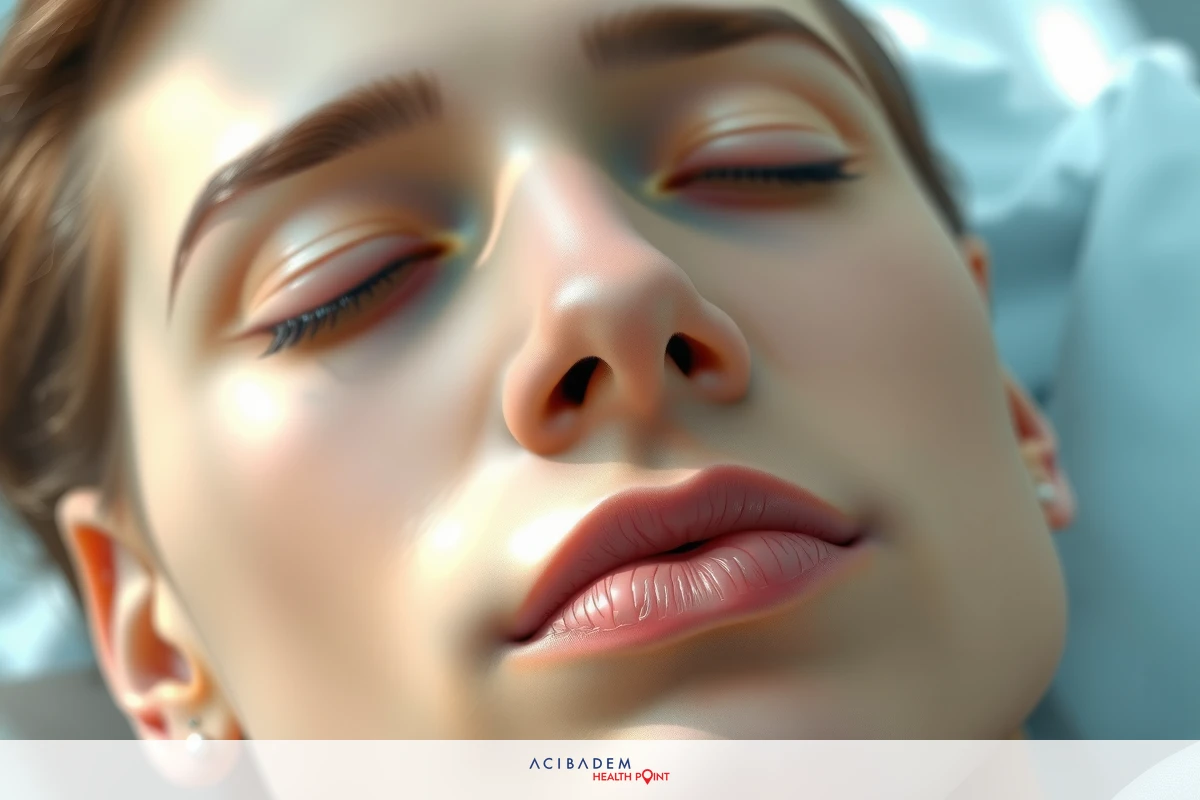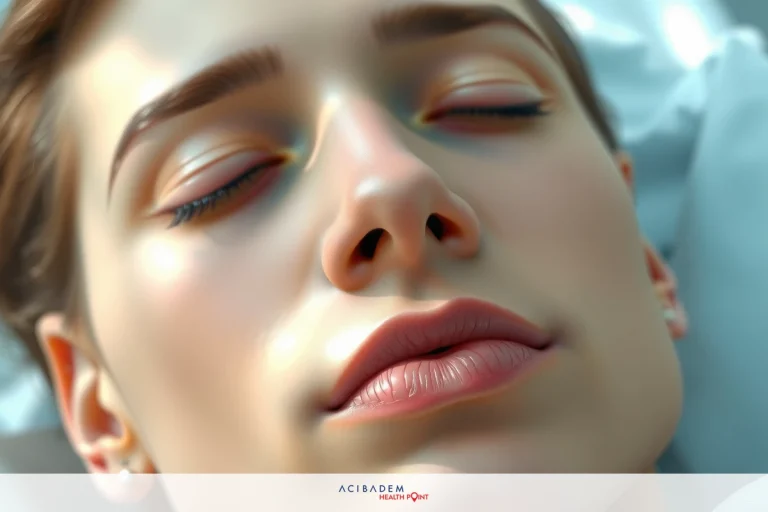How to Ice Your Nose After Rhinoplasty
How to Ice Your Nose After Rhinoplasty Rhinoplasty, or as many people refer it; the ‘nose job’, is a common form of plastic surgery. It is not merely for aesthetic purposes but also serves functional improvements such as correcting breathing problems. The aftermath can be distressing due to swelling and discomfort, which are normal parts of the healing process.
Icing your nose after rhinoplasty plays an essential role in reducing these postoperative symptoms. Cold therapy assists in constricting blood vessels, thereby minimizing inflammation and providing relief from pain. Care should be taken with this technique since incorrect application could lead to complications like frostbite or tissue damage.
When to Start Icing
Rhinoplasty recovery is a phase that demands patience and appropriate care. One of the crucial elements in this journey is nose icing, which serves as an effective strategy for reducing swelling post-surgery. However, it’s vital to understand when precisely to embark on this cold therapy regimen.
The initiation of icing should be dictated by your surgeon’s advice primarily because they are well-acquainted with your specific case details. It’s common practice to begin the application of ice packs or cold compresses within the first 48 hours after surgery. This timeframe allows for any residual anesthesia effects to dissipate while also ensuring that you don’t overlook signs of potential complications under the guise of numbness.
In most cases, nose icing can be implemented every hour for about 20 minutes at a time during waking hours over these initial days following rhinoplasty. Be sure not to exceed these suggested durations so as not compromise skin integrity due to excessive exposure to low temperatures. The key here lies in maintaining a balance; too much cold therapy could prove detrimental rather than beneficial.
A reminder worth mentioning is that every patient’s healing trajectory differs based on numerous factors like their overall health status, age, type and extent of surgery performed among others. Thus what works best for one individual may not necessarily be ideal for another person even though both underwent rhinoplasty procedures.
To manage expectations right from onset remember that despite adopting measures such as regular timely nose icing sessions or adhering strictly towards prescribed medications won’t guarantee overnight results; reduction in swelling will occur gradually over weeks or months hence requiring persistence and consistency on your part throughout postoperative care period.
Proper Technique for Nose Icing
Rhinoplasty recovery often involves a regimen of nose icing, a postoperative care technique that aids in reducing swelling and promoting healing. While it may seem straightforward to apply an ice pack or cold compress to your nose, there are specific methods you should follow to ensure maximum benefit from this form of cold therapy.
- Preparation: Prepare the ice packs ahead of time for convenience during the recovery period. You can use commercial gel-filled packs or make your own with frozen peas wrapped in a soft cloth.
- Application: Apply the ice pack gently on your cheeks instead of directly onto the nose surface as it could potentially cause injury due to pressure.
- Duration: Hold the ice pack against your skin for about 20 minutes at a time, then allow at least 40 minutes off between applications to avoid frostbite risks.
- Avoidance: Be mindful not to keep the application too long nor press hard; these actions might disrupt blood circulation leading towards harmful consequences like tissue damage.

The image shows a close-up of a person lying down with their eyes closed. The individual appears relaxed, possibly napping or sleeping, with a serene expression. - Consistency: Continue this routine throughout waking hours over initial days following surgery until advised otherwise by healthcare provider; consistency is key when it comes down toward obtaining optimal results regarding reduction in swelling via cold therapy post rhinoplasty operation.
- Monitoring: Always monitor skin condition under area where icing occurs; stop immediately if you notice changes such as discoloration, numbness beyond ordinary levels or any other abnormal reactions then contact medical professional promptly concerning observed issues.
Remember, each patient’s response and tolerance towards treatments will vary based on numerous factors including overall health status and individual body characteristics
hence always consult surgeon before initiating new routines within postoperative care plan following rhinoplasty procedure.
How to Ice Your Nose After Rhinoplasty: Benefits of Nose Icing
The process of recovery following rhinoplasty surgery can be an uncomfortable journey for many, marked by swelling and pain. However, the incorporation of nose icing in postoperative care could significantly contribute to a smoother healing pathway. As part of cold therapy, it offers multiple benefits that extend beyond merely reducing swelling.
Application of ice packs onto the cheeks is known to help constrict blood vessels around the surgical site. This vasoconstriction action aids in minimizing bleeding both during and after surgery which subsequently leads towards reduced inflammation levels. Furthermore, this effect also helps to limit bruising severity thereby contributing towards better aesthetic outcomes post-surgery alongside offering functional improvements such as enhanced patient comfort.
Nose icing serves as an effective natural analgesic or pain reliever due to its ability in numbing affected areas temporarily without needing reliance on pharmaceutical interventions continually throughout initial recovery period. This aspect is particularly beneficial considering potential side effects associated with prolonged use of certain medications like opioids often prescribed for managing post-surgical discomfort.
Regular implementation of cold therapy sessions within your rhinoplasty recovery plan can potentially speed up overall healing timeline due to aforementioned benefits such as decreased inflammatory response coupled with enhanced comfort leading toward improved sleep quality among others – all critical factors playing significant roles within any successful recuperation journey from major procedures like rhinoplasty surgeries.
It’s important however always remembering that while nose icing does offer numerous advantages; these should never serve as replacements for professional medical advice nor should they deter you from seeking immediate attention whenever necessary especially when signs indicating possible complications arise despite ongoing efforts implemented aiming at achieving optimal results via personalized postoperative care strategies following your rhinoplasty operation.
Frequently Asked Questions
How soon after rhinoplasty surgery can I start applying ice?
Typically, it is recommended to begin icing within the first 48 hours following your procedure. This timeframe allows for any residual effects from anesthesia to dissipate and helps identify potential complications without interference from numbness.
Can I apply ice directly onto my nose?
It's not advisable to apply an ice pack directly onto your nose post-rhinoplasty. Instead, the proper technique involves gently placing the cold compress on your cheeks. Direct application could potentially cause injury due to pressure.
How long should each icing session last during my rhinoplasty recovery process?
Each icing session should ideally last about 20 minutes at a time with at least 40 minutes off between applications. Be sure not to exceed these durations as excessive exposure might lead towards frostbite risks or other skin issues.
Are there alternatives if I don't have an ice pack handy for reducing swelling via cold therapy?
Absolutely! If you do not have a commercial gel-filled pack available, common household items like frozen peas wrapped in a soft cloth can work just as effectively.
Remember that these answers are general guidelines and individual experiences may vary based on numerous factors such as overall health status alongside specific case details among others; always consult your surgeon before initiating new routines within postoperative care plan following rhinoplasty procedure.











